Bangtaesan National Recreational Forest (국립 방태산자연휴양림)
2024-11-14
241 Bangtaesan-gil, Inje-gun, Gangwon-do
+82-33-463-8590
Bangtaesan National Recreational Forest is mostly comprised of natural forests, with some man-made sections included. The recreational forest is located in the valley between Guryongdeokbong (alt. 1,388 m) and Jueokbong (alt. 1,443 m) Peaks. The area is known for its beautiful scenery like the two-tier waterfall and Madangbawi Rock. The varied trees provide fantastic foliage year around, especially in autumn. Wild animals like rabbits, roe deer, and squirrels inhabit the forest.
Hwasun Dolmen Site [UNESCO World Heritage] (화순 고인돌군 유적 [유네스코 세계문화유산])
2020-06-04
Goindol 1-ro, Hwasun-gun, Jeollanam-do
+82-61-379-3178
The Hwasun Dolmen Site is located near the waterfalls of the mountain pass linking Dogok-myeon of Hyosan-ri and Chunnyang-myeon of Daesin-ri. According to experts, 135 of the 980 stones in Dogok-myeon Hyosan-ri are dolmen. There are also about 100 damaged stone tables that still maintain their original form.
What makes the Hwasun dolmens special is that in such a small district there are as many as 596 dolmen, including Korea’s biggest stone table.
Acknowledging the importance of the cultural assets, the Hwasun Dolmen Site was registered as World Heritage No. 997 in year 2000 along with Gochang and Ganghwa Dolmens.
Ancient Tombs in Bullo-dong (대구 불로동 고분군)
2021-06-15
Bullo-dong, Dong-gu, Daegu
+82-53-662-4103
About 200 tombs are located on a hillock in Bullo-dong, Dong-gu near Geumhogang River. The Ancient Tombs in Bullo-dong, which have been designated as Historic Site No. 262, were formed during the Three Kingdoms Period. It is speculated to be a mass burial site of all those who settled and controlled this region during ancient times.
Key Observatory (열쇠전망대)
2022-09-07
1375-1, Dongnae-ro, Yeoncheon-gun, Gyeonggi-do
+82-31-839-2147
Called to play the role of an important key for unification, Key Observatory was established on April 11, 1998 to commemorate the sorrow of homesickness and provide security education in the area. Military in the area can also keep watch over the north from this location. Visitors can see the DMZ fences and the Guard Point as well as exhibition hall where war items can be found.
Muchangpo Beach (무창포해수욕장)
2024-06-05
10 Yeollinbada 1-gil, Boryeong-si, Chungcheongnam-do
Muchangpo Beach was a military site during the Joseon dynasty and was the first beach to open on the west coast in 1928. The beach has a length of 1.5 kilometers and x_width of 50 meters. The water level is 1-2 meters and the water temperature is approximately 22 degrees Celsius. The surrounding pine forest is lush and beautiful. In particular, there is a fishing spot with a large rock formation in front of the beach. For one to two days each month, there is a phenomenon known as "Moses' Miracle," where the tides subside and reveal a 1.5-kilometer-long path in the middle of the sea. This mysterious sea road was thought to only appear during summer, however it was later revealed that it actually occurs every lunar month. In 1996, the beach was open to the general public.
The red lighthouse towering at the end of the long breakwater is as impressive as a picture. The pretty pensions right in front of the sandy beach add to the scenery. Also, Daecheonhang Port is a 20 minutes drive away, and there visitors can enjoy fresh seafood and grilled shellfish at an affordable price.
Guryongpo Beach (구룡포해수욕장)
2025-01-21
6 Homi-ro 426beon-gil, Guryongpo-eup, Nam-gu, Pohang-si, Gyeongsangbuk-do
Guryongpo Beach is a seaside resort located in Homigot, where "Homi" means tiger tail. The crescent-shaped white sandy beach stretches 400 meters in length and 50 meters in x_width, offering pristine waters of the East Sea. It is renowned as a sunrise spot. Guryongpo Columnar Joints and Guryongpo Beach Embankment are notable features, complemented by cafés, restaurants, and accommodation facilities. The area is rich in tourist attractions, including Homigot and Yeongildae.
Bukchon Hanok Village (북촌한옥마을)
2025-06-19
37 Gyedong-gil, Jongno-gu, Seoul
Surrounded by Gyeongbokgung Palace, Changdeokgung Palace and Jongmyo Shrine, Bukchon Hanok Village is home to hundreds of traditional houses, called hanok, that date back to the Joseon dynasty. The name Bukchon, which literally translates to "northern village," came about as the neighborhood lies north of two significant Seoul landmarks, Cheonggyecheon Stream and Jongno. Today, many of these hanoks operate as cultural centers, guesthouses, restaurants and tea houses, providing visitors with an opportunity to experience, learn and immerse themselves in traditional Korean culture. As Bukchon Hanok Village is an actual neighborhood with people's homes, visitors are advised to be respectful at all times while looking around.
Byeolbangjin Fortress (별방진)
2024-10-25
3354, Hado-ri, Gujwa-eup, Jeju-si, Jeju-do
+82-64-710-3314
Byeolbangjin Fortress was designated as a Jeju Monument on April 3, 1973. The fortress is about 950 meters in circumference. The oval fortress was built in consideration of the location's topography having a higher terrain in the southern part and a lower terrain in the northern part. Of all the fortresses in Jeju, Byeolbangjin Fortress is in relatively good shape. The fortress is also an important example of how fortresses in Jeju were built and in what scale.
Termeden Spa & Resort (테르메덴)
2025-06-18
984 Sasil-ro, Icheon-si, Gyeonggi-do
Icheon Termeden, Korea's first German-style spa resort, is spread over an area of around 30,000 square meters. It is located next to a dense forest, so visitors can enjoy the water and spa facilities as well as take a stroll in the forest. The water park has a very large bade pool, a hot spring spa, sport facilities, arcades, a cultural hall, and other subsidiary facilities.
Unlike Japanese-style spas, which contain mainly hot baths, German-style spas are more focused on water massages. Water jets located in the bade pool shoot out water, which massages various parts of the body and at the same time revitalizes the skin. In addition, you can walk, swim, or exercise in the water stream pool, which has a depth of 120 centimeters.
Icheon Termeden started as a hot spring spa, but it plans to expand further into a multi-resort complex, which will include hotel and condominium facilities, an arboretum, a golf driving range, and horseback riding.
Woongjin Playdoci Waterdoci (웅진플레이도시 워터도시)
2019-06-11
2, Jomaru-ro, Wonmi-gu, Bucheon-si, Gyeonggi-do
+82-1577-5773
Woongjin Playdoci Waterdoci is Korea’s largest water park, featuring a
Western-style spa, fitness center, kids academy, and various shopping areas made to be enjoyed by everyone throughout the year. It is a futuristic theme park at the heart of an urban environment.
The waterpark and spa offer both an exciting and a relaxing experience, allowing visitors to enjoy both cool waves and warm spa at once. In addition, it houses a state-of-the-art wave pool, various other types of pools, Space Balls, various waterslides, an aqua bar, and unique styled spa facilities, which give this Western-style water theme park a plethora of attractions for visitors of all ages.
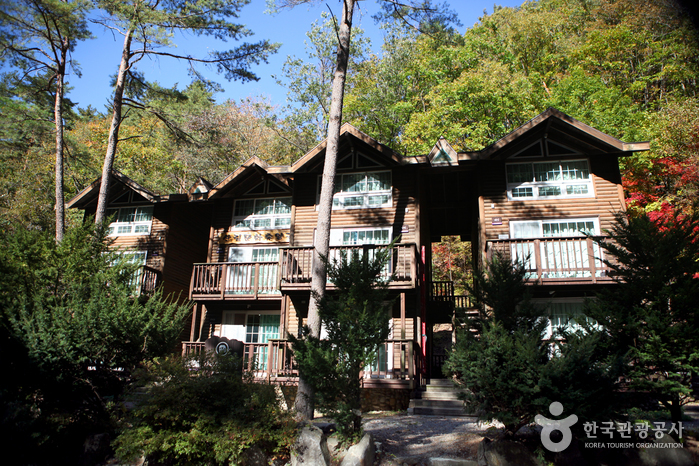
![Hwasun Dolmen Site [UNESCO World Heritage] (화순 고인돌군 유적 [유네스코 세계문화유산])](http://tong.visitkorea.or.kr/cms/resource/03/2515703_image2_1.jpg)
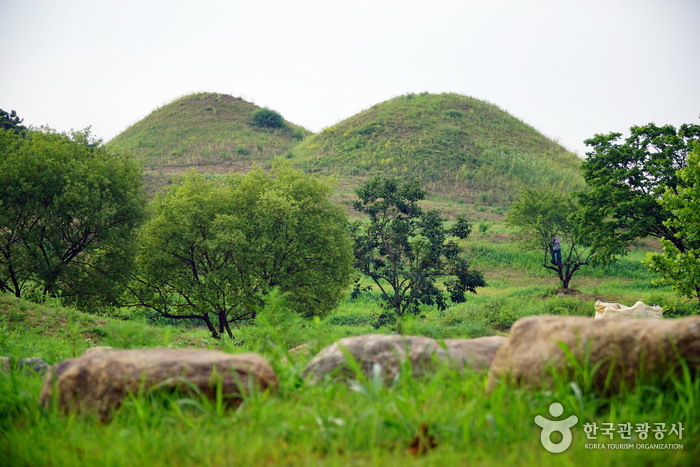

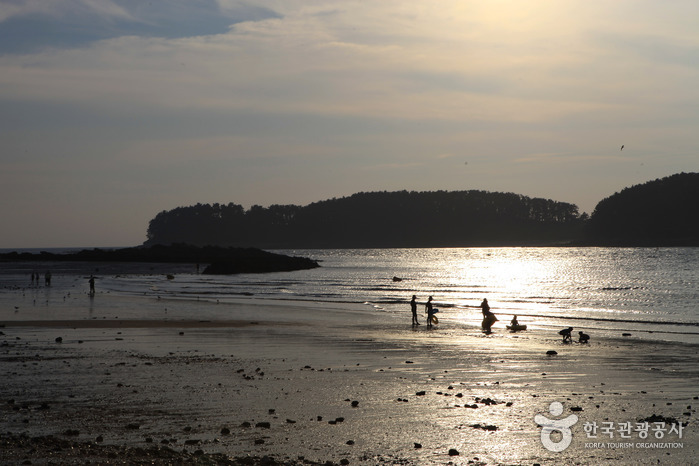
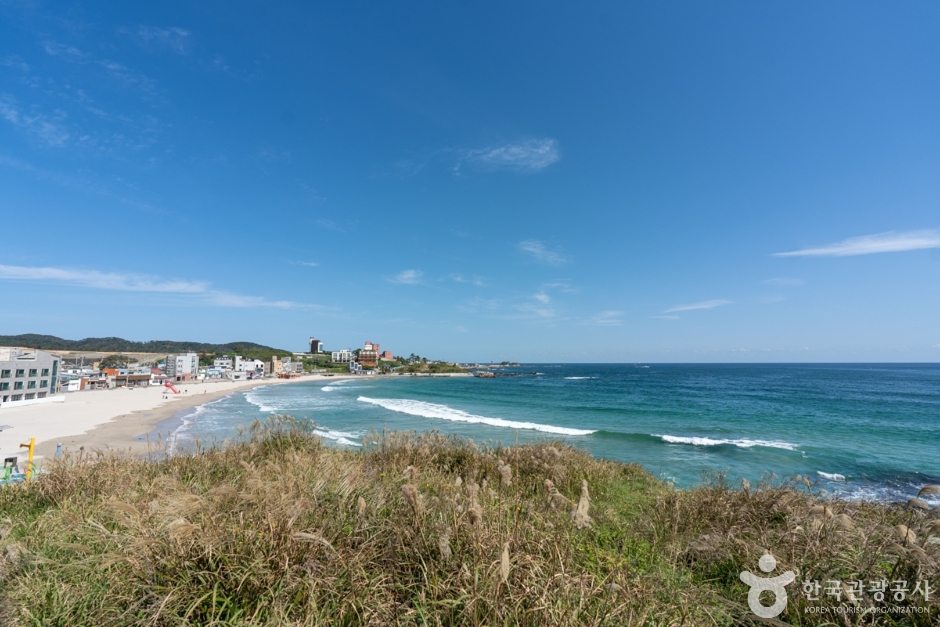
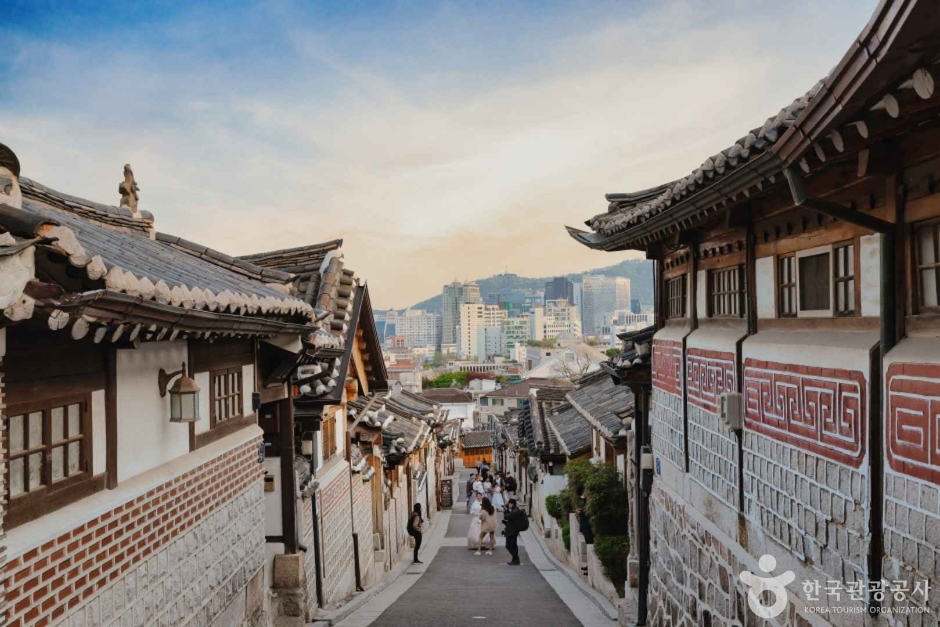
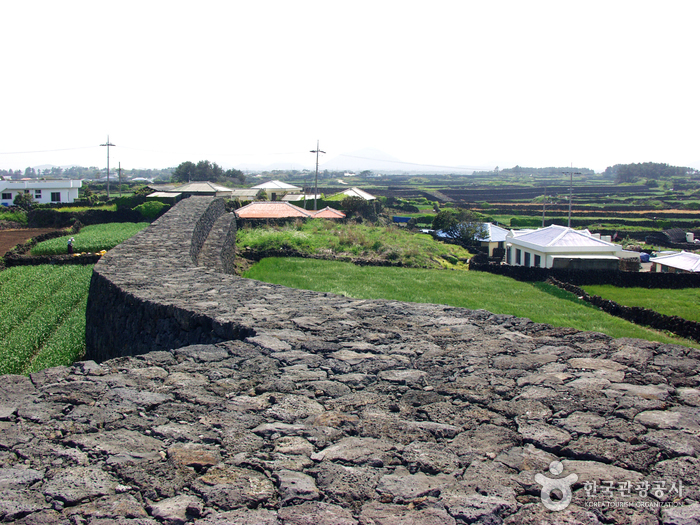

 English
English
 한국어
한국어 日本語
日本語 中文(简体)
中文(简体) Deutsch
Deutsch Français
Français Español
Español Русский
Русский